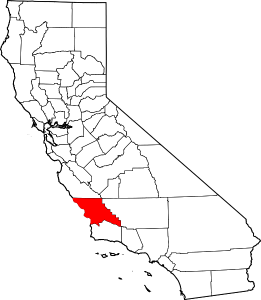San Luis Obispo County is located along California’s Central Coast. It runs along the Pacific Ocean between Los Angeles and the Bay Area of San Francisco. In the census of 2010, the population of San Luis Obispo County was estimated at about 269,637. The seat of the county is San Luis Obispo, which has approximately 46,000 inhabitants.
San Luis Obispo County and California Marijuana Laws
Although not entirely legal, possession of marijuana in small amounts has largely been decriminalized in San Luis Obispo County, as in most of California. Possession of 28.5 grams or less is no longer a criminal offense, but a civil infraction, and the only penalty is a $100 fine. However, possession of amounts exceeding 28.5 grams is an arrestable offense that may result in six months imprisonment and a $500 fine.
as in most of California. Possession of 28.5 grams or less is no longer a criminal offense, but a civil infraction, and the only penalty is a $100 fine. However, possession of amounts exceeding 28.5 grams is an arrestable offense that may result in six months imprisonment and a $500 fine.
Marijuana cultivation in San Luis Obispo County is also subject to California’s marijuana laws. The only people who can cultivate and process marijuana in San Luis Obispo County are patients that have been prescribed medical marijuana by a doctor, and caregivers of such patients. Unauthorized cultivation and processing of marijuana regardless of amount is an offense that is punishable by a 16-month prison sentence. Caregivers of marijuana patients are allowed to maintain 6 mature plants or 12 immature plants and 8 ounces of bud, with the same limits placed on caregivers for every patient in their care.
Selling marijuana in San Luis Obispo County is illegal, as it is California. This applies regardless of the amount of marijuana sold. Offenders face a possible 2- to 4-year prison term. For cases involving the sale of marijuana to a minor, the offender faces a possible 3- to 5-year prison sentence. If the offender is under the age of 21, an additional penalty of a driver’s license suspension (for a period of one year) may apply.
 California Marijuana Market Breaking "Marijuana News" from CA
California Marijuana Market Breaking "Marijuana News" from CA

How is it legal for the Board of Supervisors to limit a DOCTOR’s recommendation of 99 plants for patients with chronic, debilitating pain to 6 plants?! How can they presume to know more than a medical professional about the needs of a patient AND go against the prior laws of Prop 215 and SB 420?